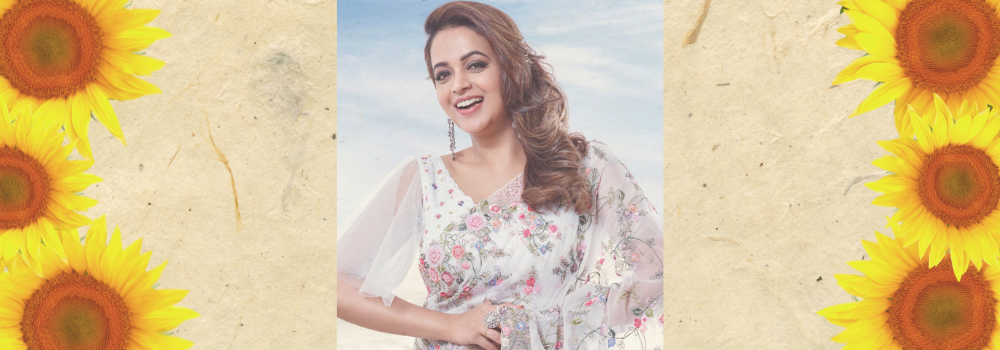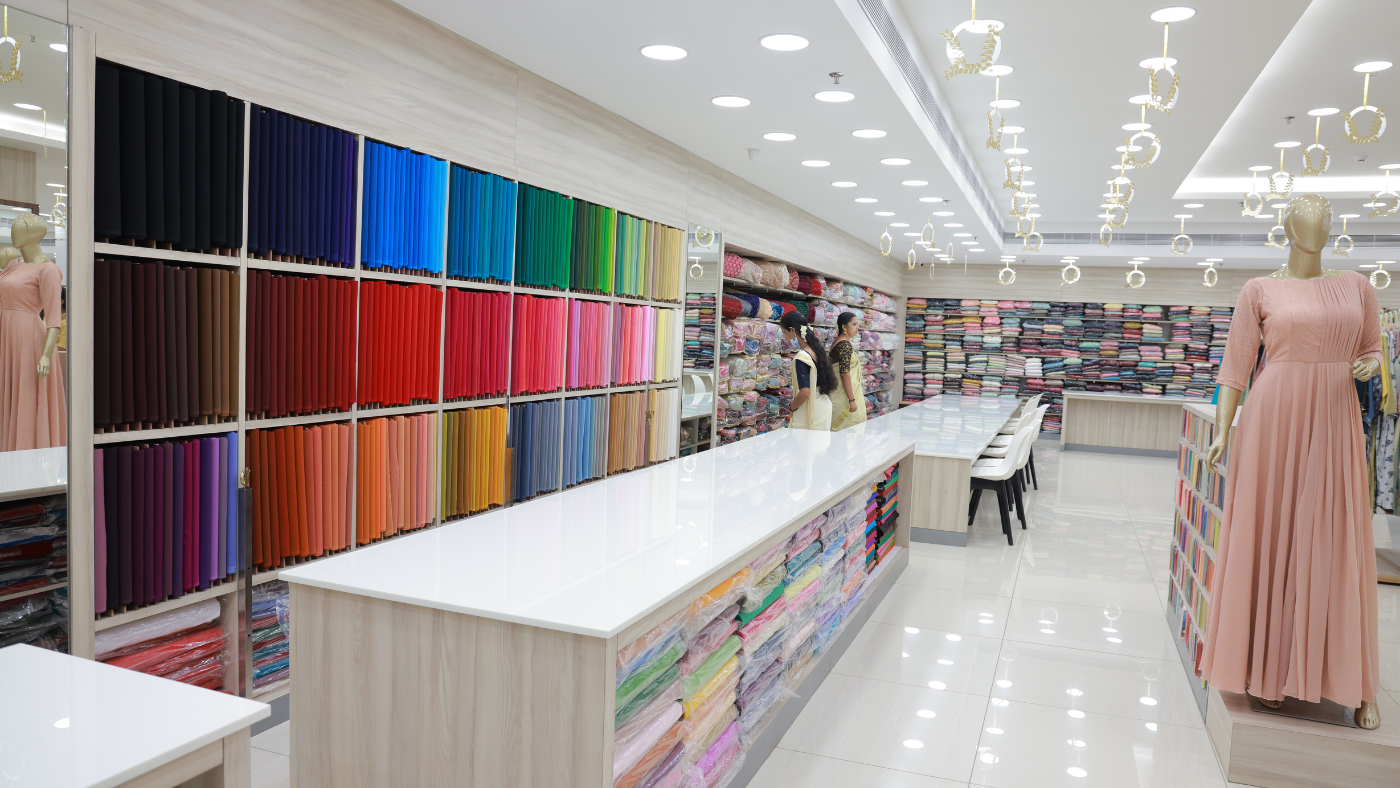
5 Ways To Recognise Authentic Handloom Sarees
The handloom is an original, unique form of cultural expression indigenous to India. Handloom patterns are becoming increasingly popular in today's mainstream fashion, not just among regular consumers but also among fashion designers.
They originated in the town, and the discussion of the specifics constitutes mind blogging. The handloom designs are a specialty of the traditional weavers, who are skilled in their execution.
As a result, the demand for handloom sarees is increasing globally. The 6-yard saree exudes an understated elegance that brings a woman's natural beauty to the fore. It is more than just a piece of cloth; it has emotions.
How do identify authentic handloom sarees?
Similar printings
The front and the back of a handloom saree should have identical prints. This is the good way to identify the kind of saree being worn. It is particularly noticeable in the pallu region of the saree.
High cost accompanied by a silky finish and a loss of perfection
There will not be any further discussion, and everything is in pristine condition. As a result, the reverse side will have a pleasant and silky feel.
However, when using a power loom, there will be many loose threads called floats hanging on the reverse side since it is impossible to weave them in without the assistance of an experienced weaver. Therefore, you need to examine the back of the fabric by turning it over.
Fabric Edge
Since it is handwoven, a handloom will invariably have a rough and uneven surface, contributing to its overall sense of ethnic allure. Handwoven sarees typically have knots, thread pulls, and other imperfections close to the border. A saree woven on a power loom would have an even texture and be faultless, but it will lack the appeal of a saree woven on a handloom because power looms are used.
Pins are mostly used to attach the sarees to the loom to weave the handloom sarees. They frequently have selvedges, pin marks, or holes spaced at the same distance on the top or bottom of the saree or along the borders. This is not the case with a power loom; the finished product will be faultless and smooth. Examine the Bevar, or the saree's edges, to determine whether or not it was handwoven.
Final Thoughts
The demand for sarees woven on handlooms is extremely high. When attending a formal event, women of all ages, even the younger generations, choose to drape themselves in handloom sarees. To demonstrate their commitment to culture and history, each woman wears a traditional handwoven saree. When draped in a stunning handloom saree, a young Indian woman reveals her true, natural beauty. So, check out amazing authentic handloom sarees at Pulimootil Silks online.


